Just like the padel, beach tennis is one of those racket sports that are emerging and growing in popularity around the world. He greatly resembles his colleague tennis but also has some similarities with the padel. We will see how the skills of beach tennis can be used greatly to become a future tennis player. padel.
Beach tennis technical shots
FFT enlightens us a little more about the technical moves of this sport:
The service : It is carried out a little in the same way as in tennis except that the players have only from a single service for the face-off. If the player makes the fault, that will be the point for the opponents.
Return of service : Attitude of attention goes hand in hand with maximum concentration. The main mistake we tend to make when starting out is to position ourselves too far from the net.
Forehand / backhand volley : The technique remains relatively the same as in tennis, however, there will be a little less preparation for playing the shots due to the speed of the ball and the close combat on the fly.
Amortization : It is carried out a bit like badminton, the racket is rather placed at the top of the net to come and drop the ball just behind the net. The ball is therefore caught quite early. There is also a variation with the cushioned smash which consists in making a fake smash to finally drop the ball gently.
There is a good tennis base in this sport. The tennis players will therefore have a great advantage to start there. Beach tennis still has some specific moves that allow it to have its own culture:
The dives: They can be sideways / back / forward, to get a ball in defense.
The rolled arm: This gesture allows you to hit the ball behind you with a circular gesture while jumping. You could think of it as a little ticking smash.
Rainbow shot: This is the shot that surely requires the most technique. To put it simply, this is a backhand made with the forehand face.
The similarities between beach tennis and padel
Land size: They are not quite the same but almost, the size of a beach tennis court is 8 meters wide by 16 meters long, the padel meanwhile is played over 10 meters wide and 20 meters long. Beach tennis players will have a spatial cue when they start the game. padel since the measurements of the court are relatively the same.
The fly : It is the main element of this sport since there is no rebound. The players will therefore have to serve as in tennis then glue the net following to achieve a certain number of ends. Technically it strongly resembles the fly of the padel, on the other hand, because of the height of the net, the players will tend to place their elbows a little more above, at the level of the head. It is a sport that is played very quickly with many reflexes so players often just put their racquet in opposition to block the ball.
The lob : To change the rhythm during the point, the players tend to make lobs which destabilize the volleyball players a little. We obviously do not find the lob after rebound as in padel but just a blocked volley whose trajectory starts in height. It is more of a finesse shot with touching the ball rather than a technical shot with a preparation phase. It looks a bit like the lobed volley of the padel.
Reflexes: If there were two parameters to remember in beach tennis, it is obviously volleys and reflexes. Indeed, the players sticking the net receive a tennis service when they are only at a distance of 8 meters from the server. Reflex is therefore one of the most important skills to have when practicing this sport. To give an example of comparison on the reflexes between these two sports, we can imagine a player of padel making a bajada as the opponents stick the net to intercept. The reflexes will therefore be put to the test to counter the ball. In addition to reflexes, beach tennis is undoubtedly an even more explosive sport (in terms of the duration of the match) since the exchanges are faster between the opponents. It will therefore be necessary to use reflexes and explosiveness to win the points!
We find a set of similarities between these two sports with a large base of volleys. Beach tennis players will no doubt have no difficulty in being able to adapt to the playing conditions of the padel. However, there remains one parameter that could be destabilizing, which is the rebound. If they do not have a basic tennis, it will take a little time for them to master the shots after rebound, and especially the balls that hit the windows.
Alexandre Cifuentes studies economics. He decided to intervene on the business of padel and in the sports market in general. It allows us to know about the padel in its entirety.

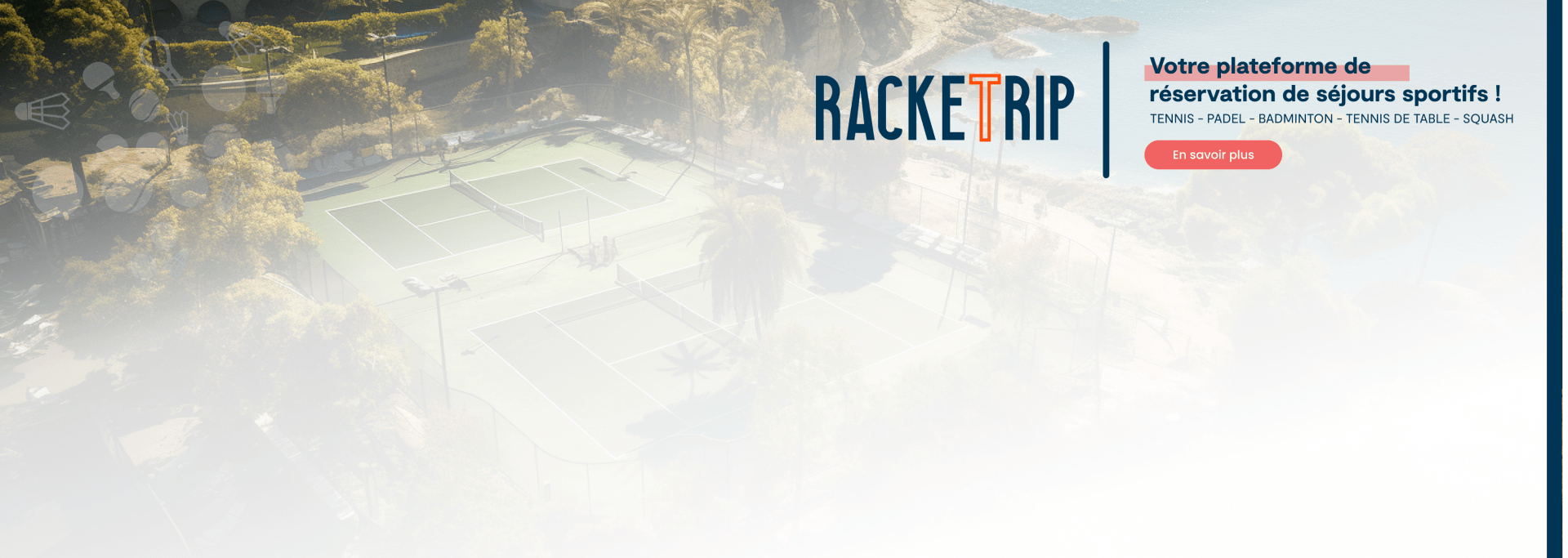


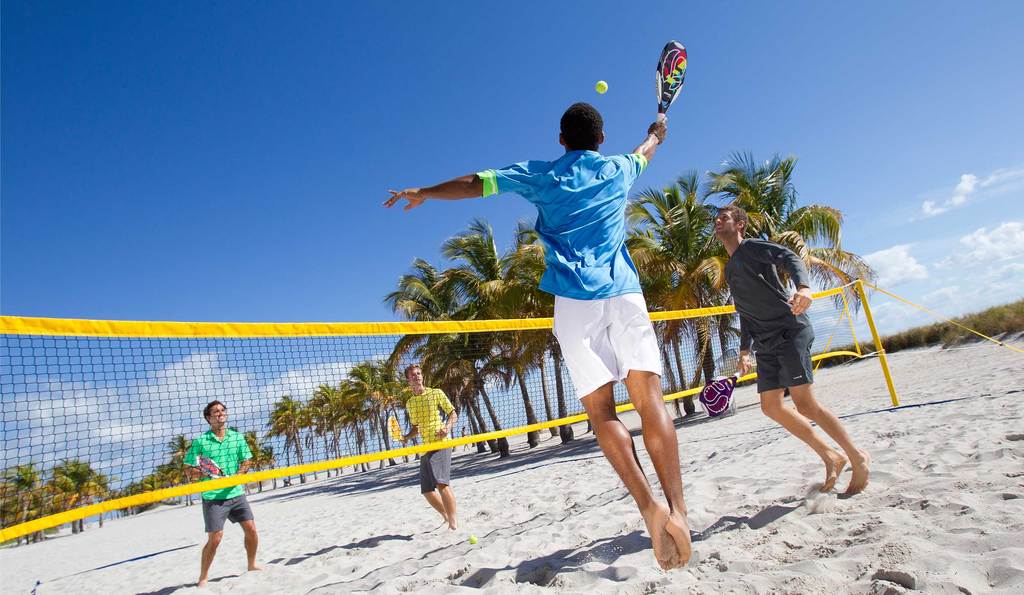













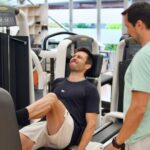




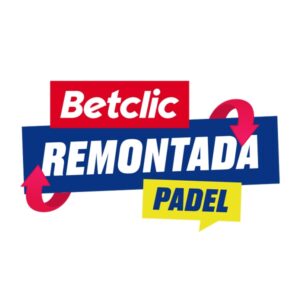








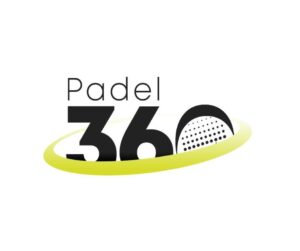
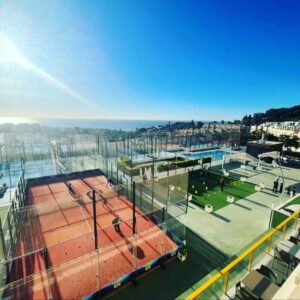
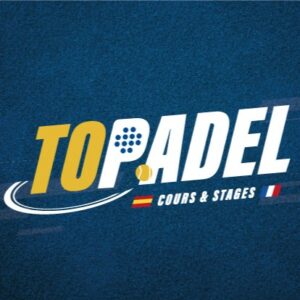




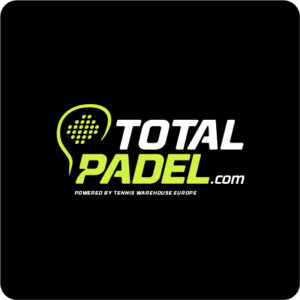
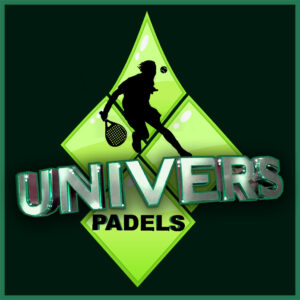


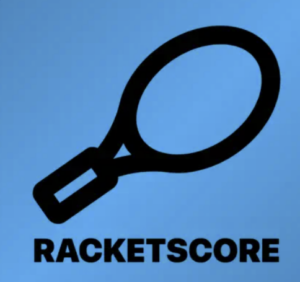



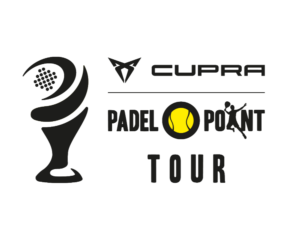


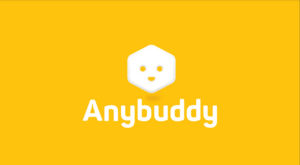




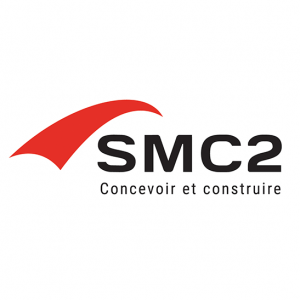

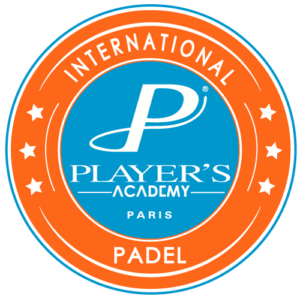
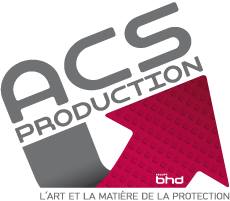
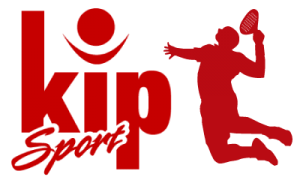

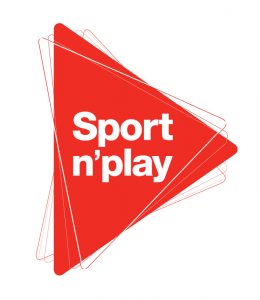

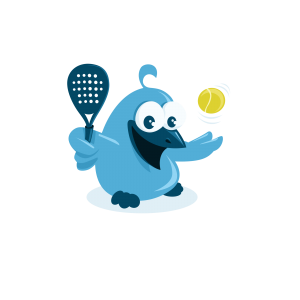

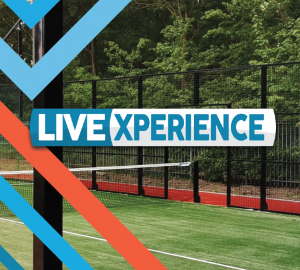
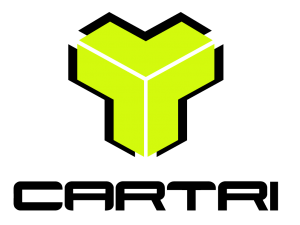

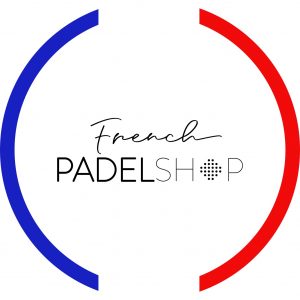
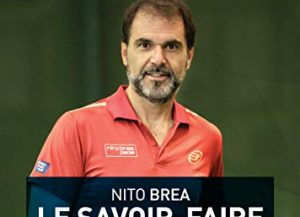
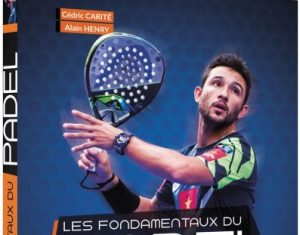


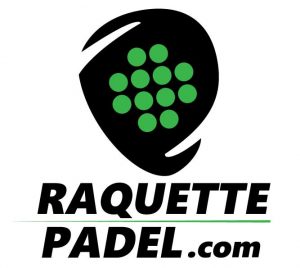
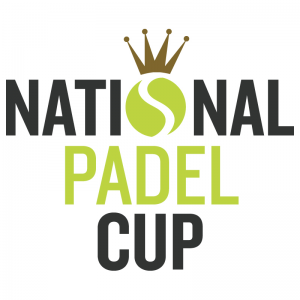


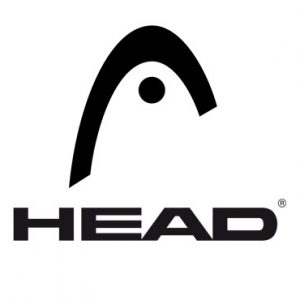


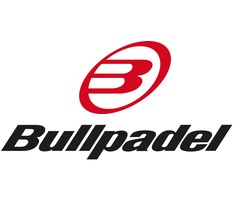
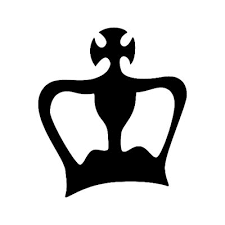
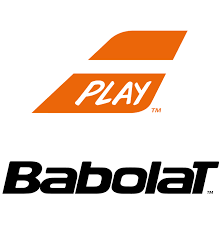


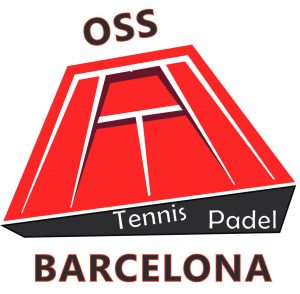
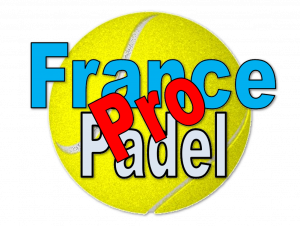

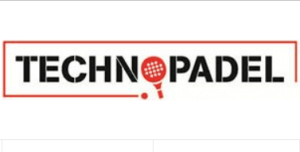
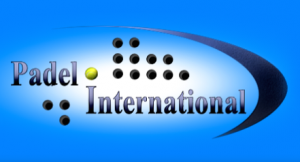

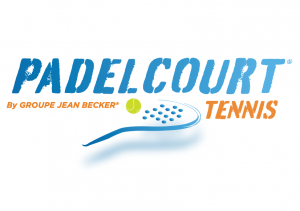
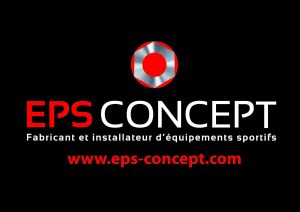

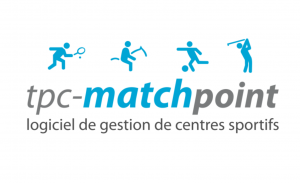

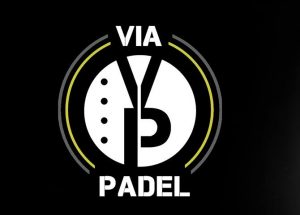




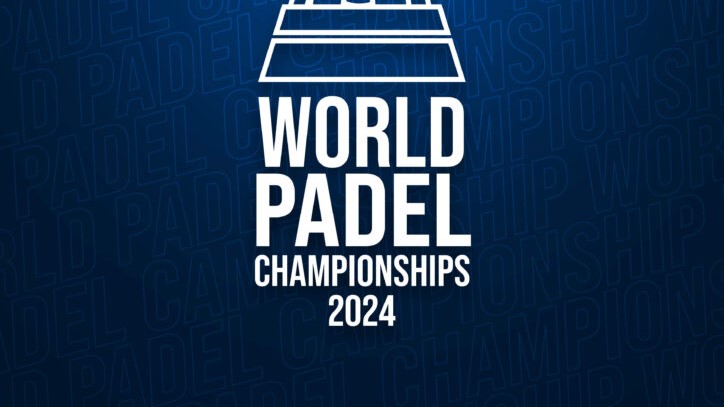 The location chosen for the 2024 World Cup announced at the end of the month!
The location chosen for the 2024 World Cup announced at the end of the month!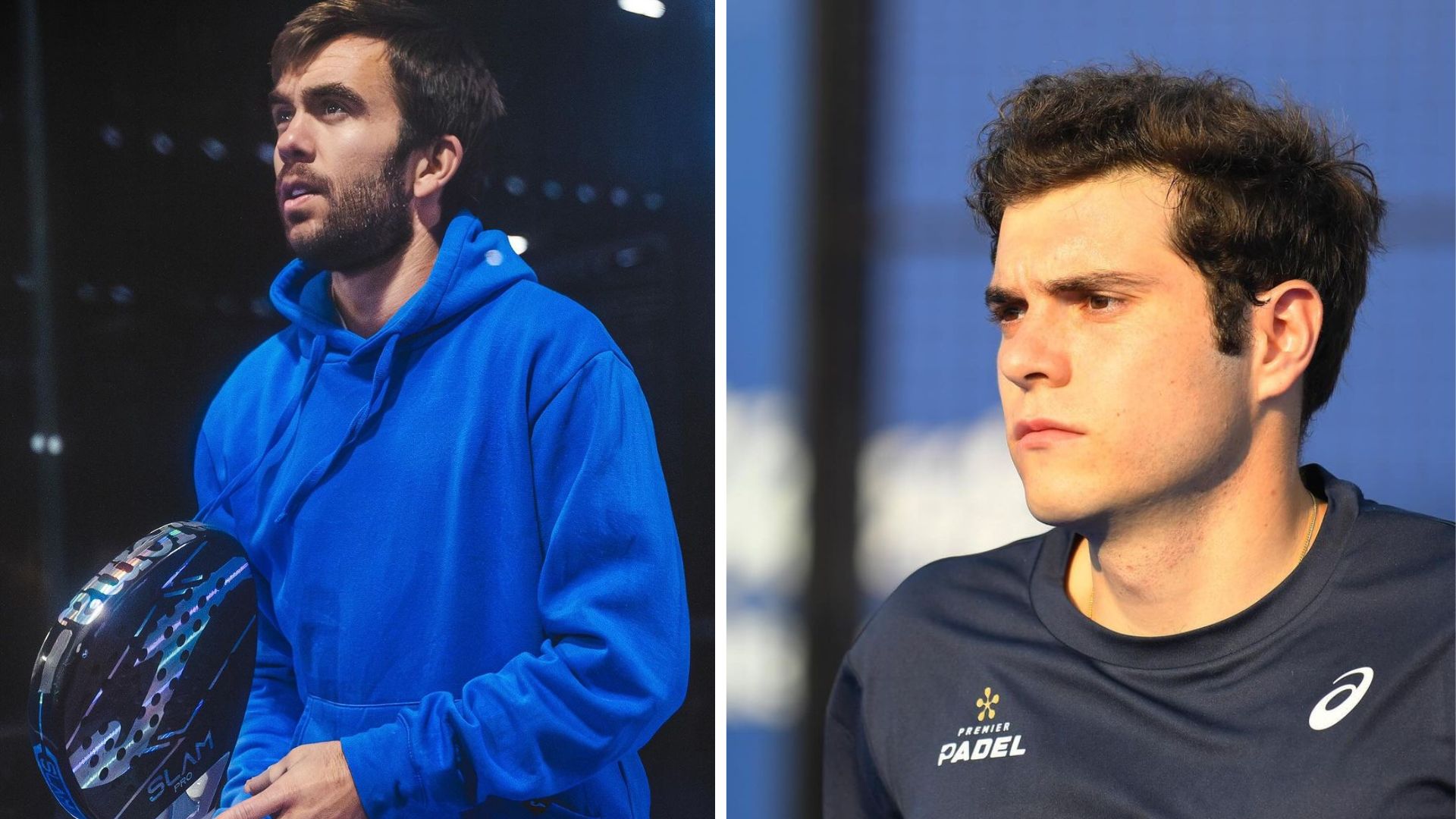 It’s off to a bad start for Pincho Fernandez and Javier Barahona…
It’s off to a bad start for Pincho Fernandez and Javier Barahona…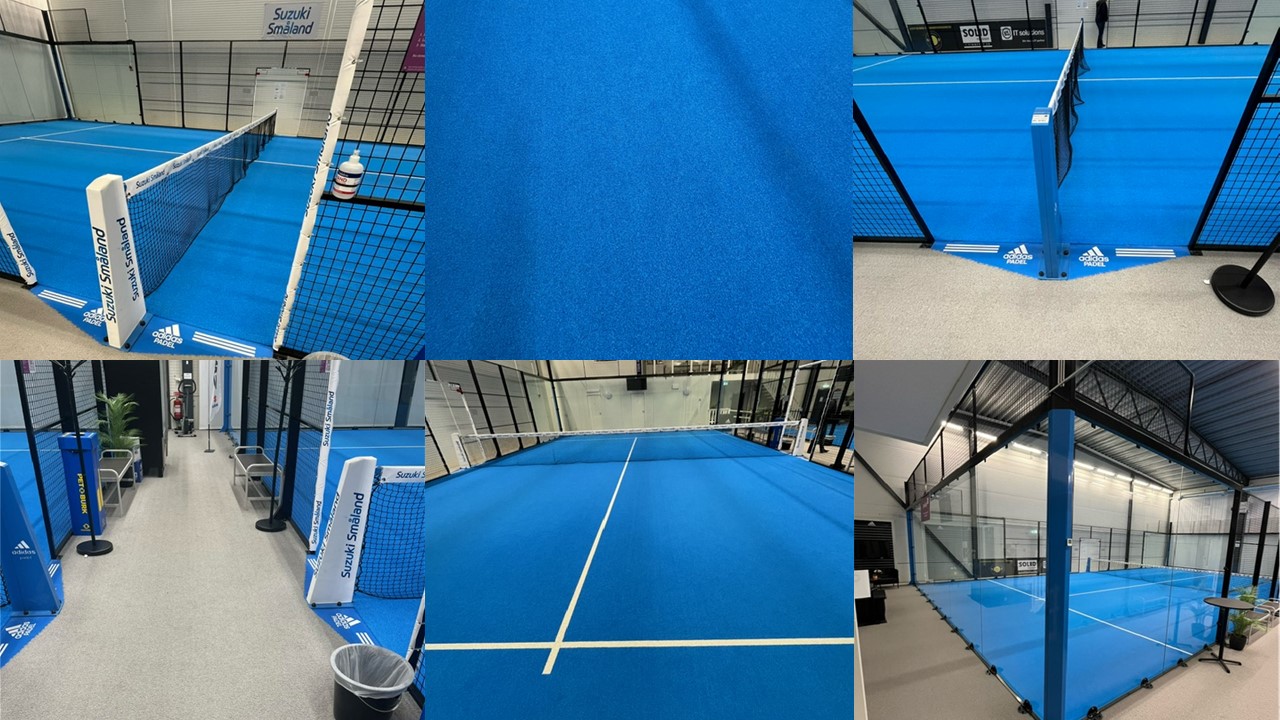 Occasions – Two tracks of padel premium available for sale for €25.000
Occasions – Two tracks of padel premium available for sale for €25.000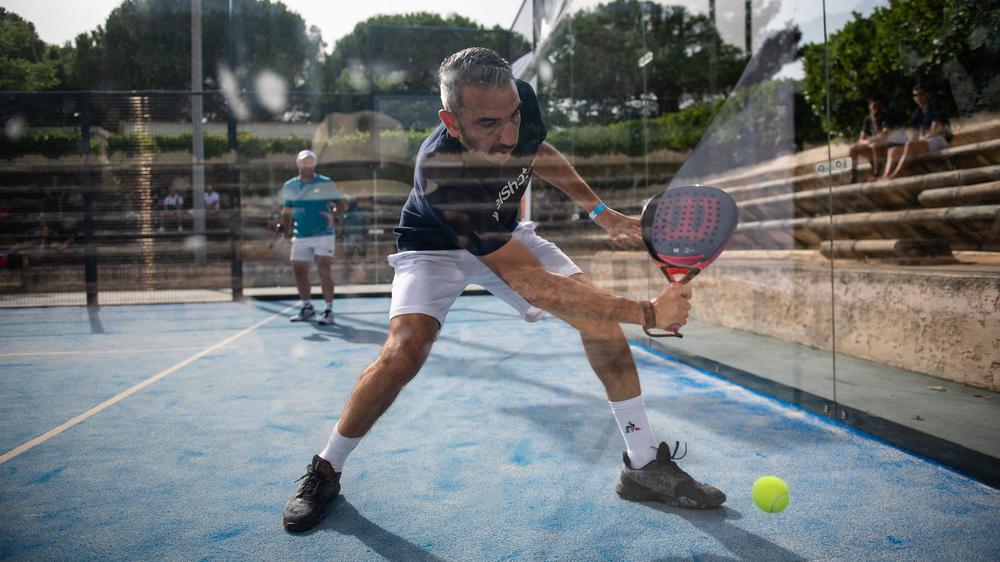 Simon Boissé: “We know that there are two nations in front of us”
Simon Boissé: “We know that there are two nations in front of us”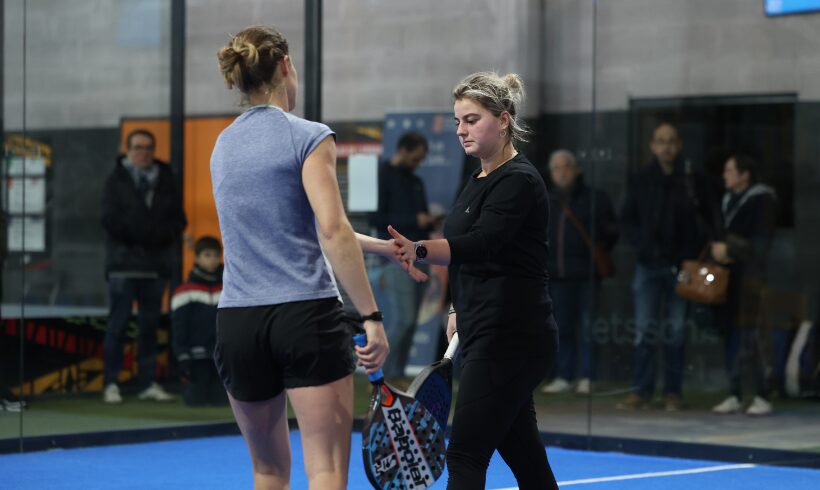 Marie Maligo: “This period of frequent changes of partners was beneficial for me”
Marie Maligo: “This period of frequent changes of partners was beneficial for me”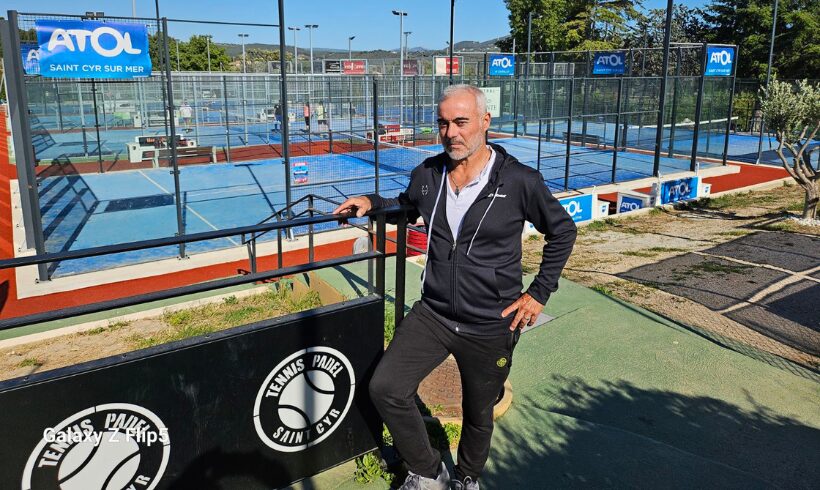 Alain Idier: “Adding tracks of padel, without sacrificing tennis”
Alain Idier: “Adding tracks of padel, without sacrificing tennis”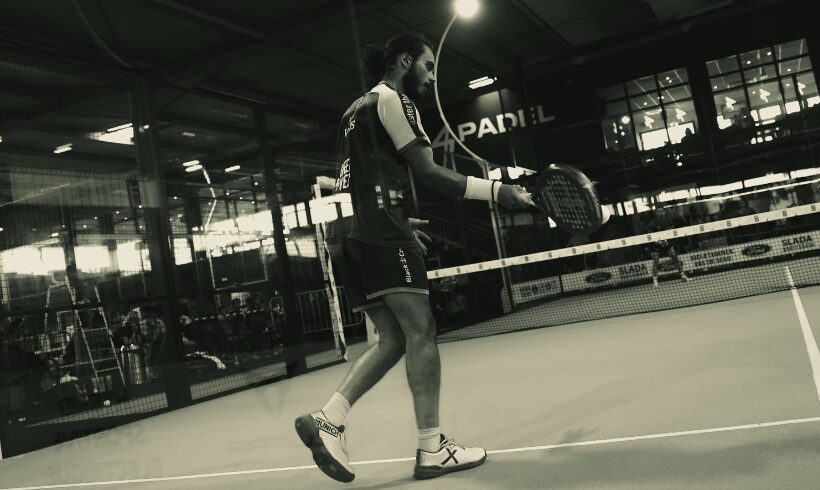 Manuel Vives: “It’s extremely difficult to get by financially”
Manuel Vives: “It’s extremely difficult to get by financially”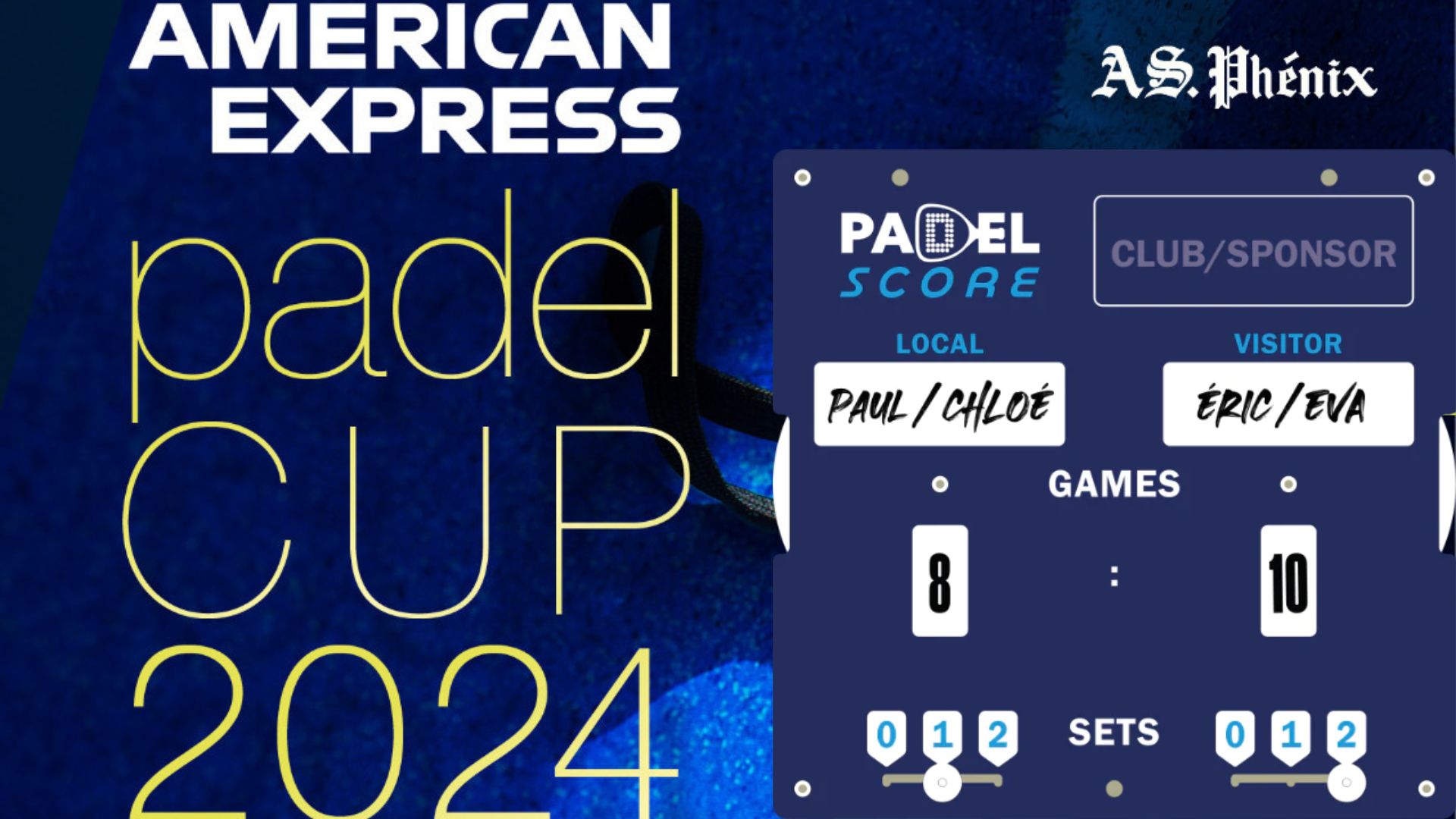 Padel Score comes to Tahiti for American Express Padel Cup!
Padel Score comes to Tahiti for American Express Padel Cup!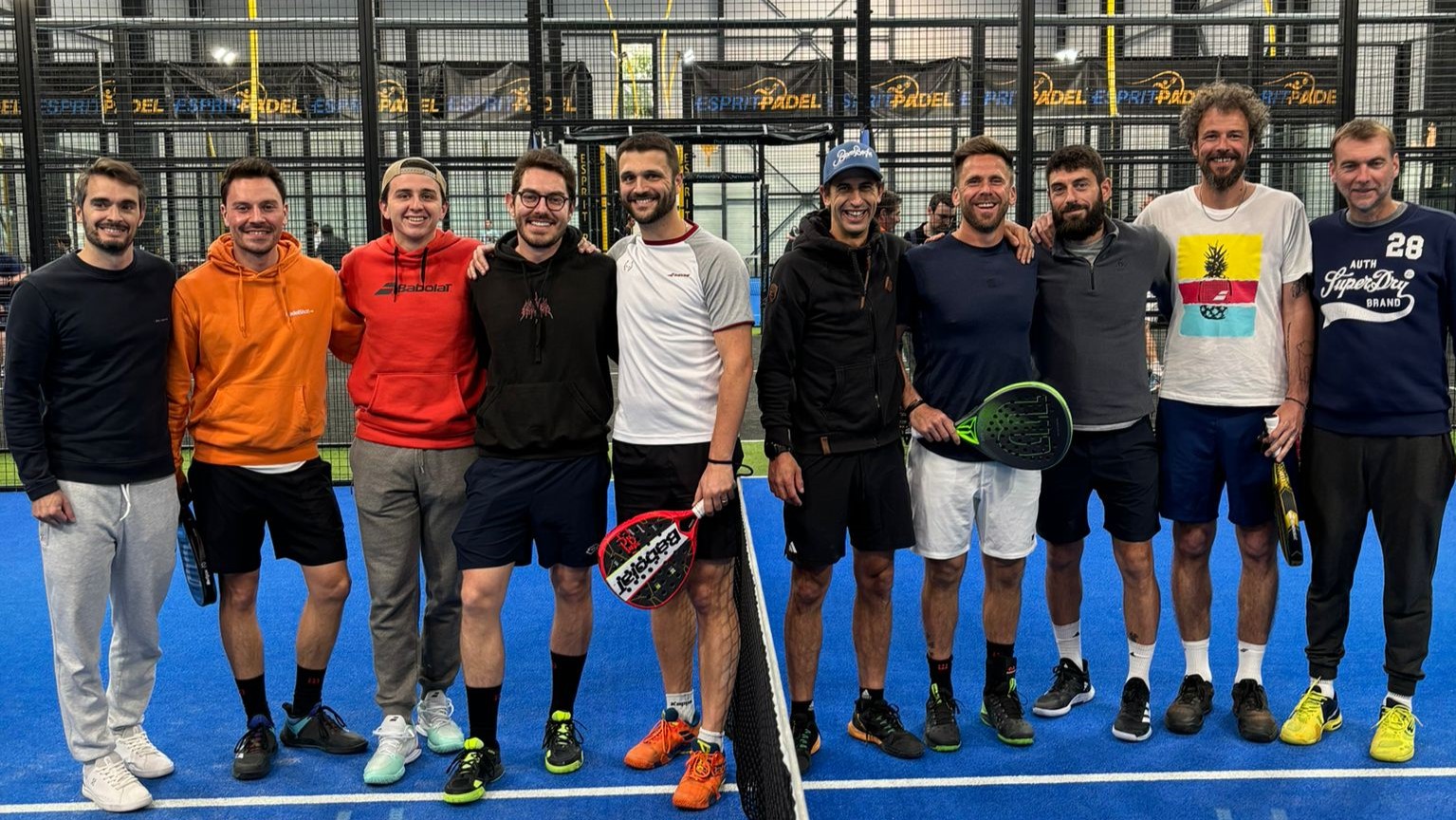 Mind Padel Lyon and the Auvergne Rhône-Alpes League innovate with team tournaments
Mind Padel Lyon and the Auvergne Rhône-Alpes League innovate with team tournaments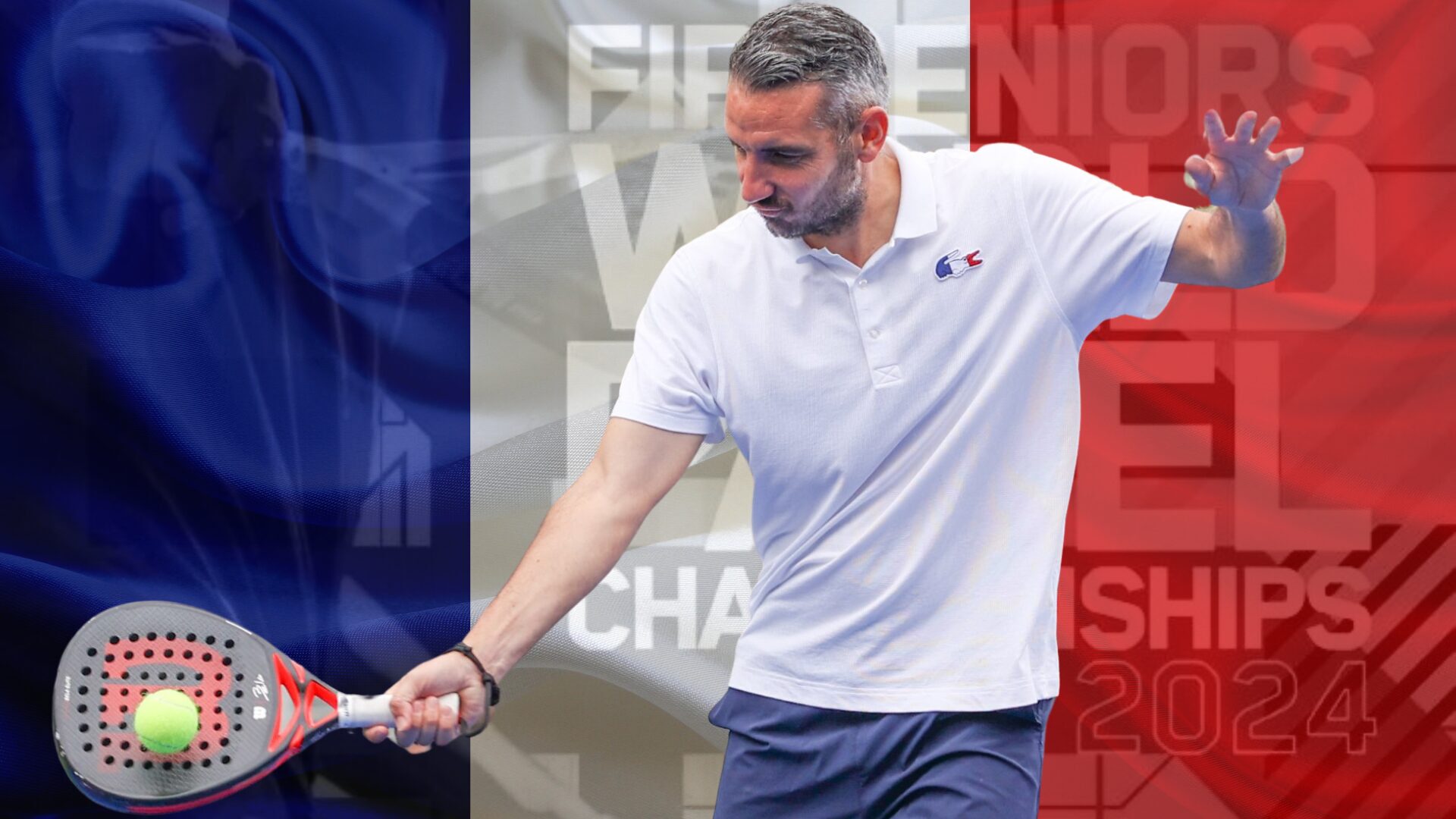 Simon Boissé: “We know that there are two nations in front of us”
Simon Boissé: “We know that there are two nations in front of us”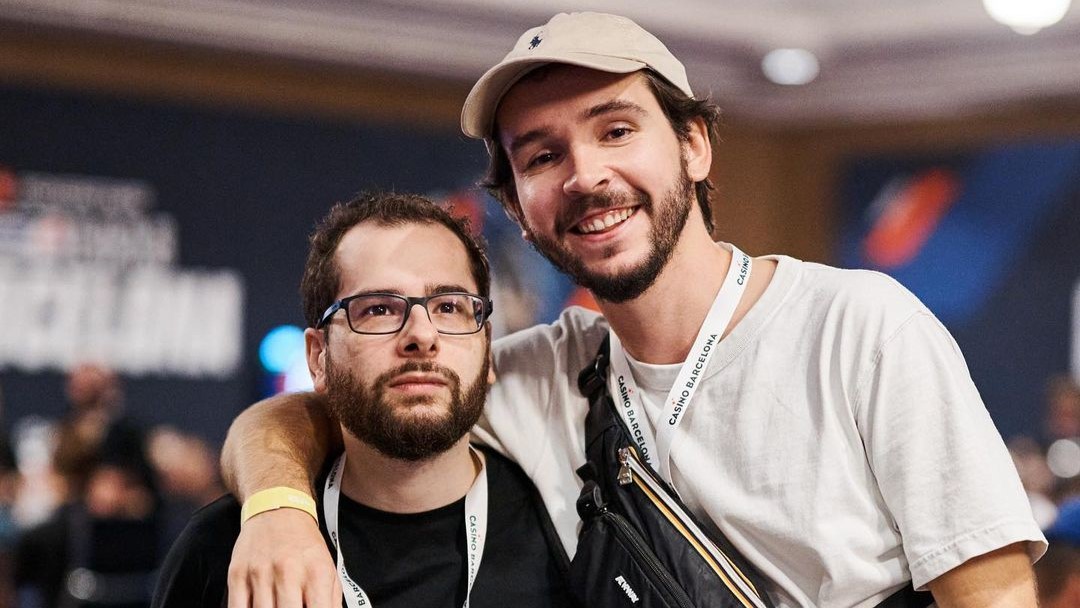 Team PAX (Domingo / Xari) returns to victory
Team PAX (Domingo / Xari) returns to victory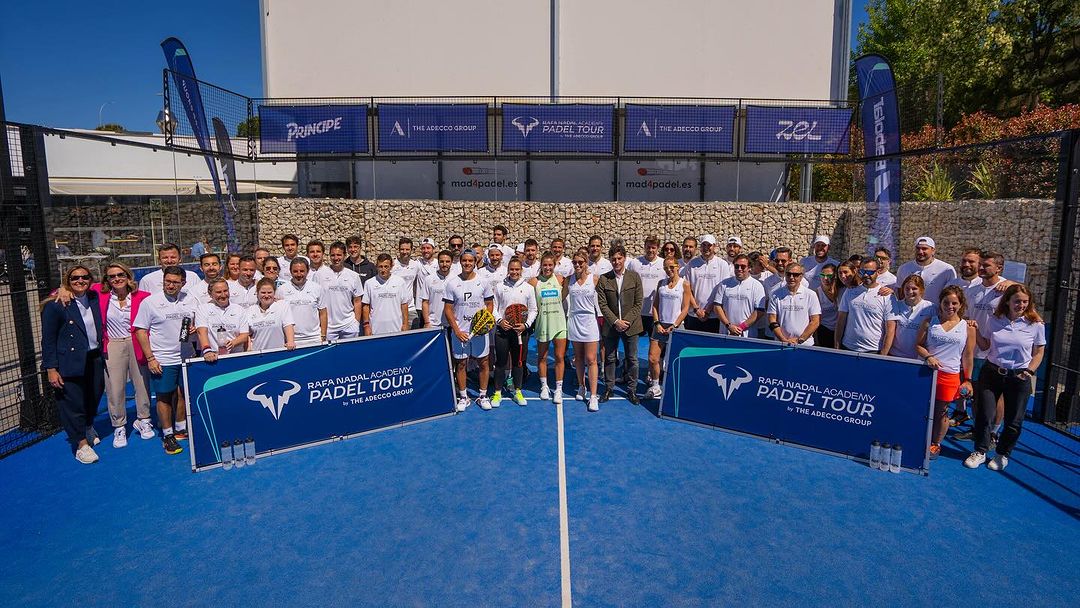 Do you know the Rafa Nadal Academy Tour?
Do you know the Rafa Nadal Academy Tour?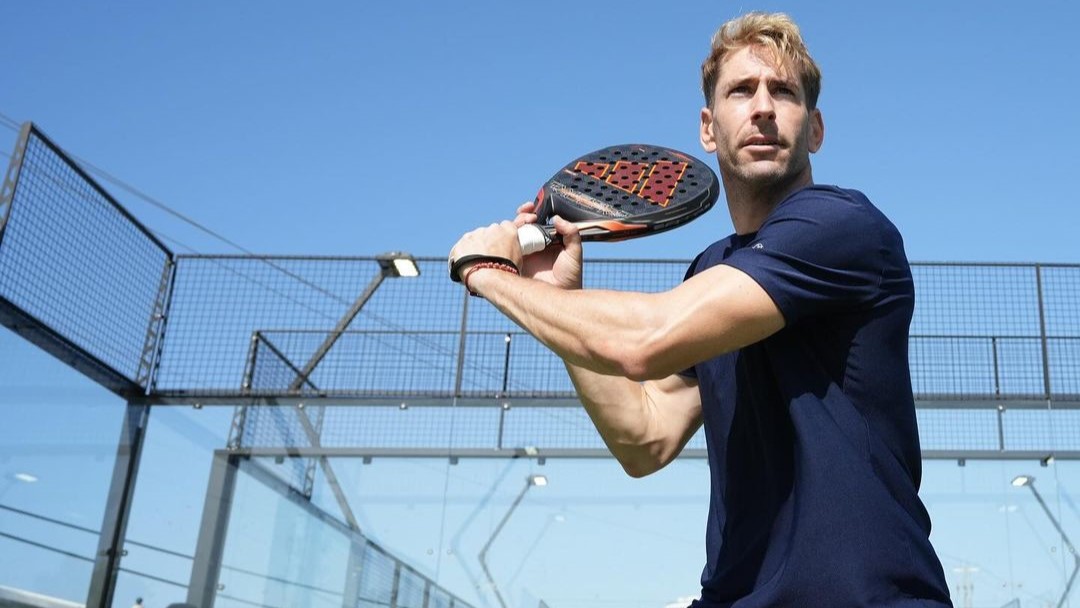 Alex Ruiz: “Finding joy again with Momo”
Alex Ruiz: “Finding joy again with Momo”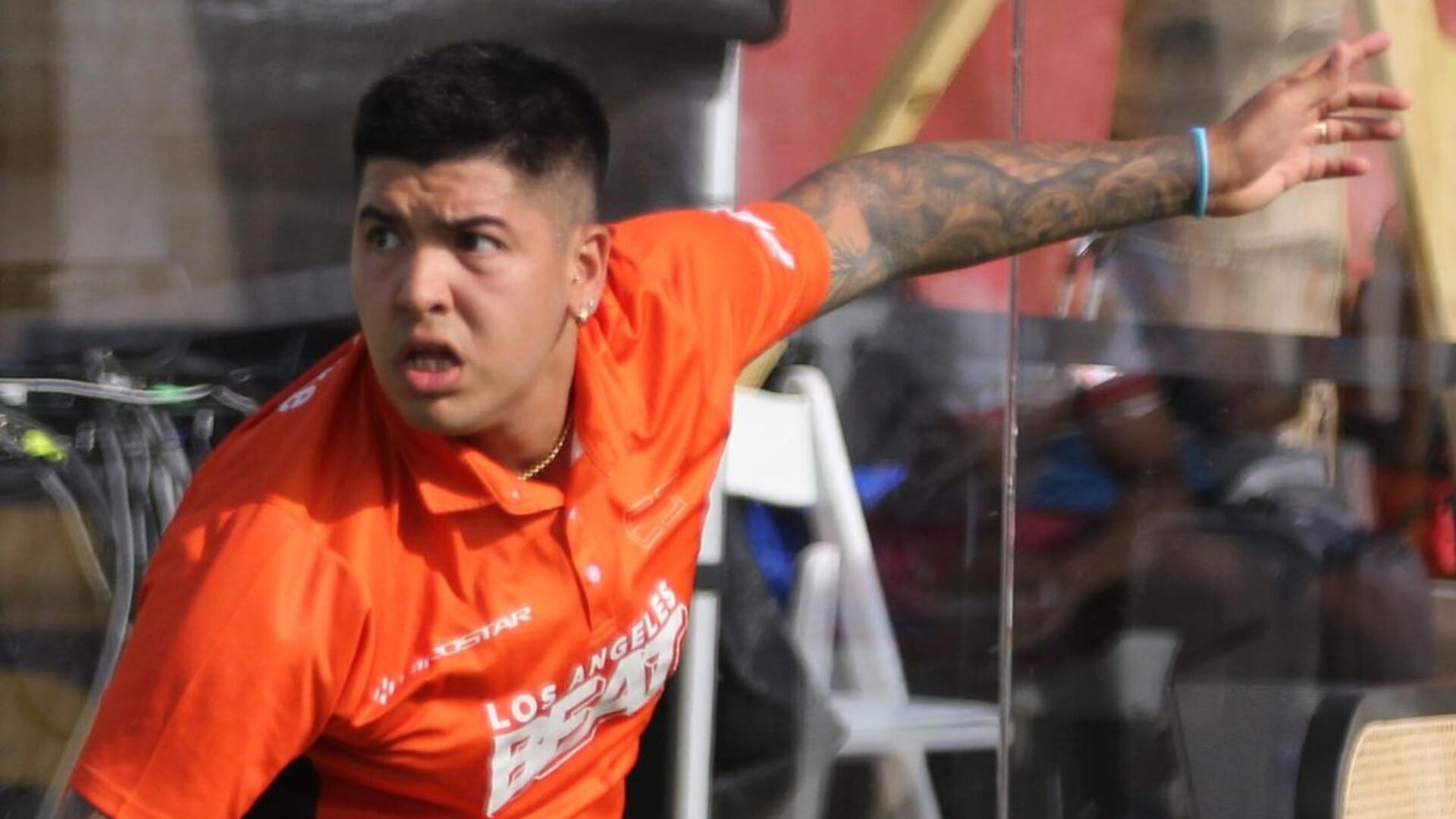 Nerone: “Tolito is not a normal player”
Nerone: “Tolito is not a normal player” Play at padel on his yacht? Possible for €233.000!
Play at padel on his yacht? Possible for €233.000!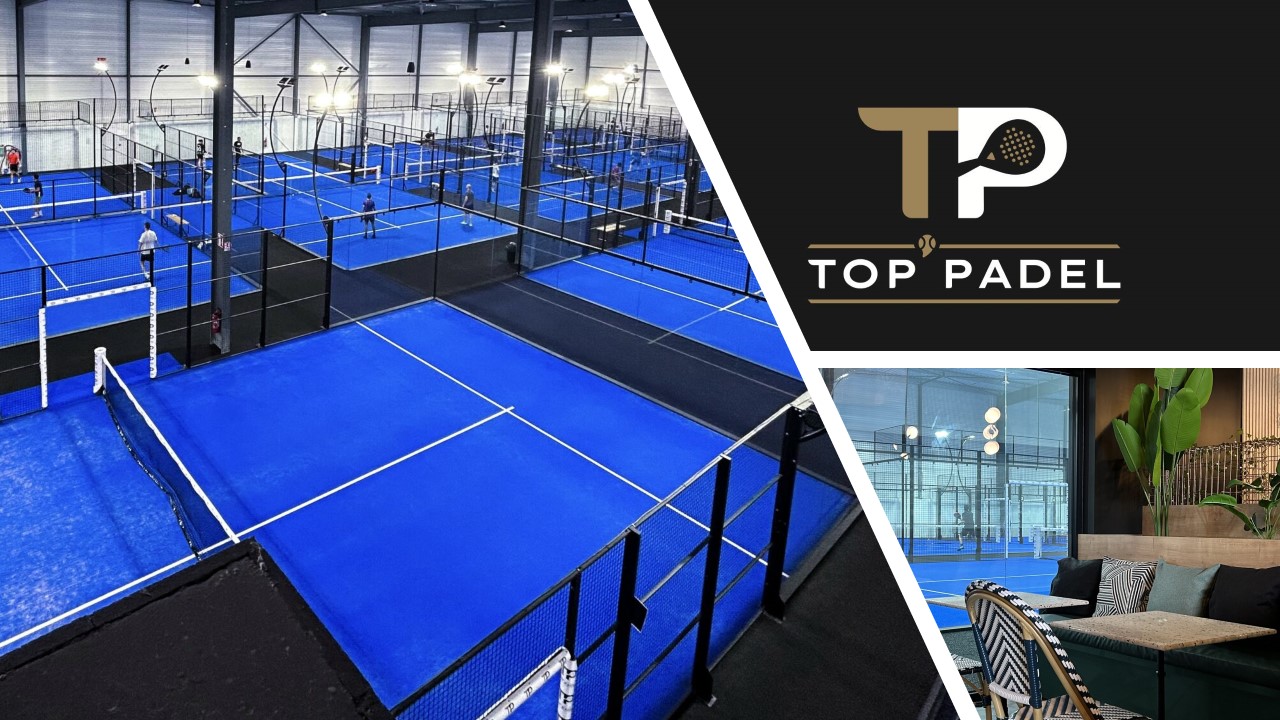 TOP Padel : “A premium club with 10 slopes in Toulouse”
TOP Padel : “A premium club with 10 slopes in Toulouse”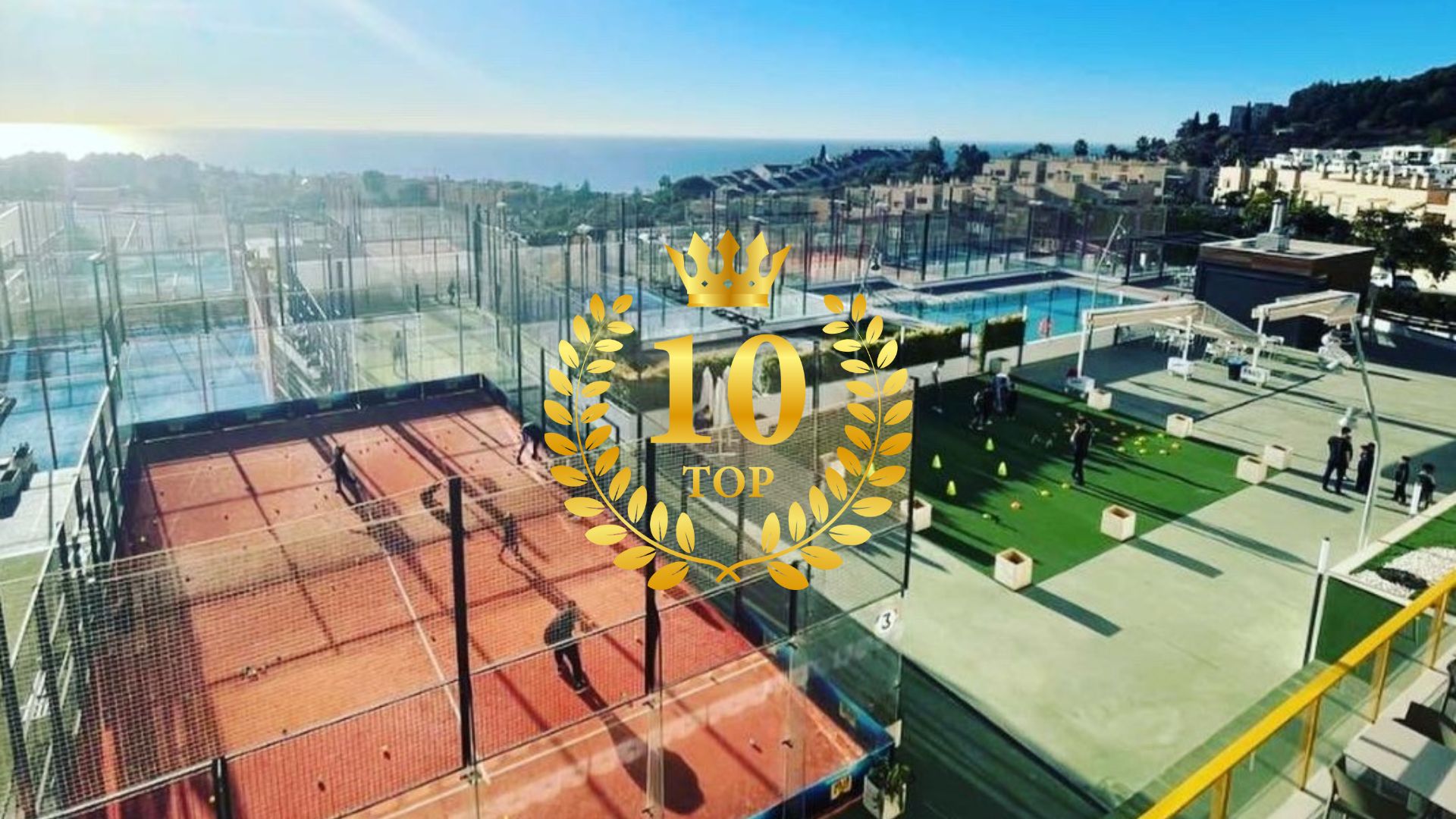 Our Top 10 training courses padel in France and Europe
Our Top 10 training courses padel in France and Europe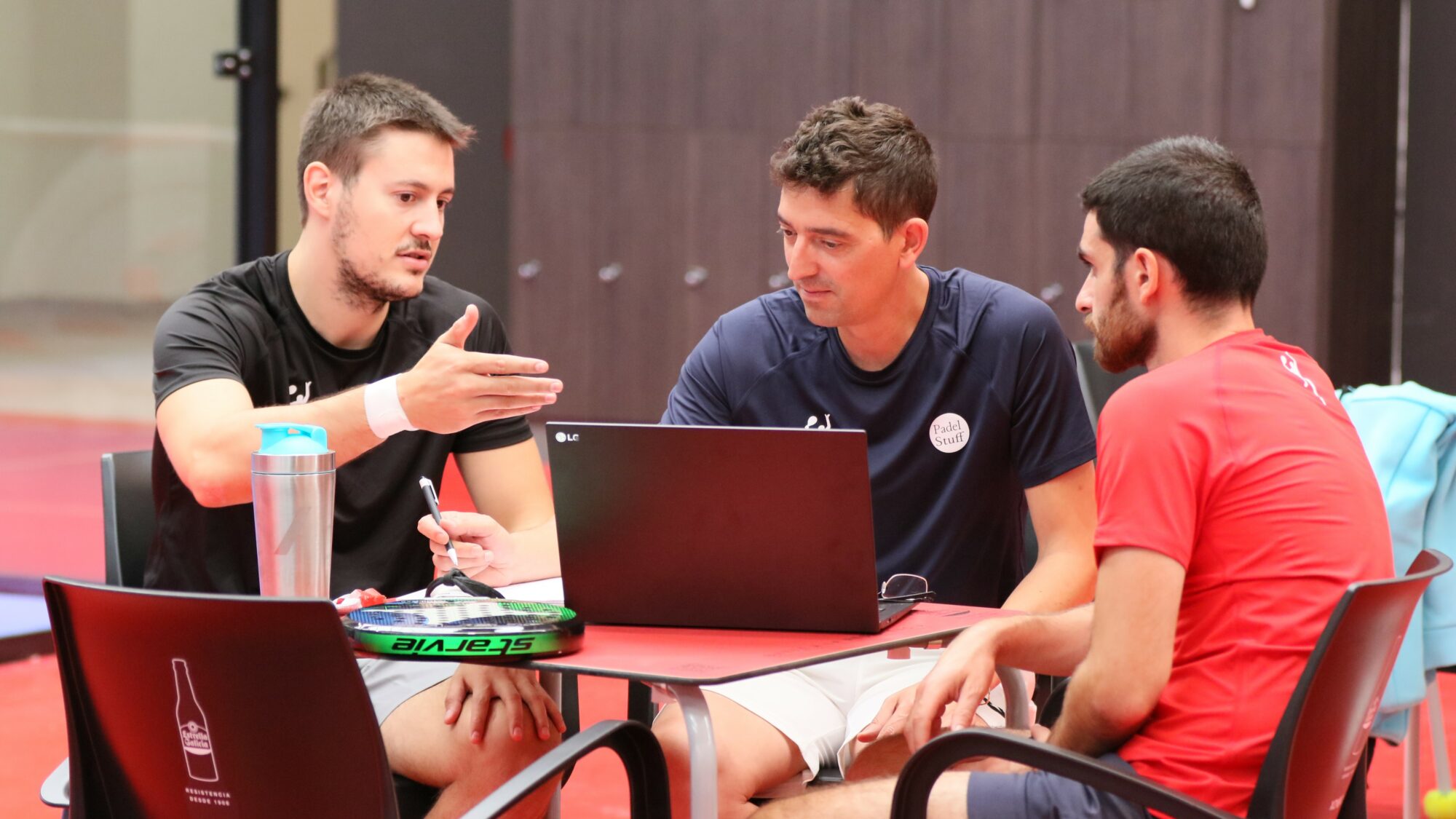 At the heart of padel – Episode 25: Paul and Andoni answer your questions
At the heart of padel – Episode 25: Paul and Andoni answer your questions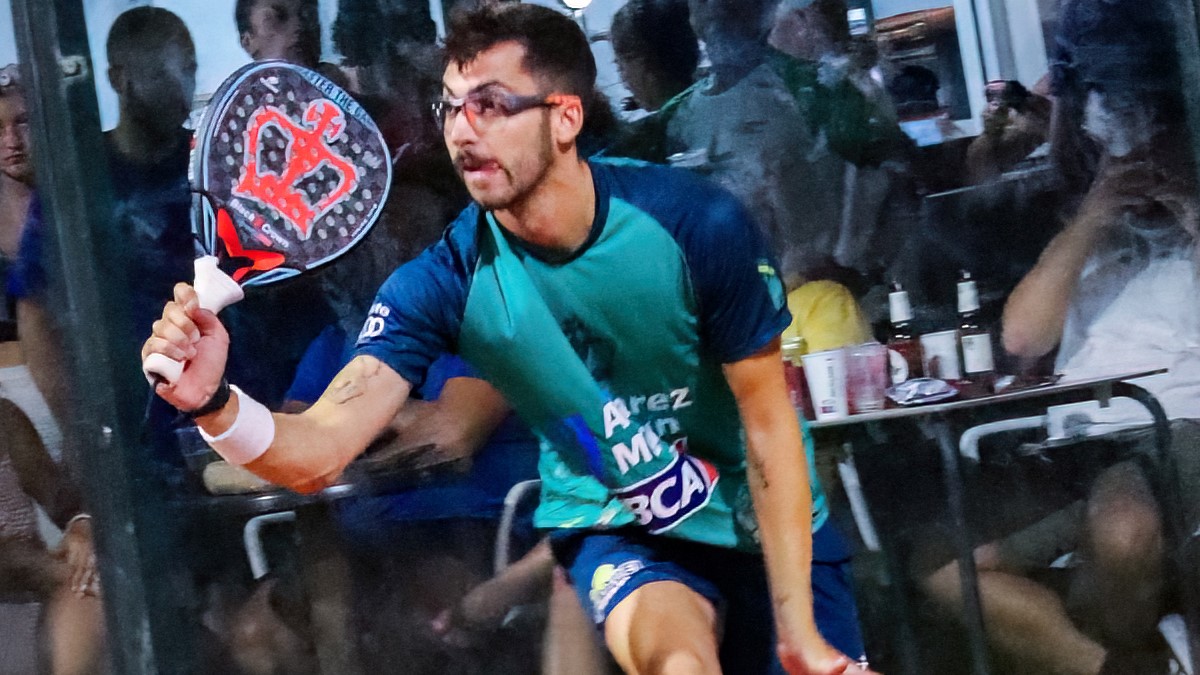 Tactical padel – What to do when faced with players who systematically stay at the bottom?
Tactical padel – What to do when faced with players who systematically stay at the bottom?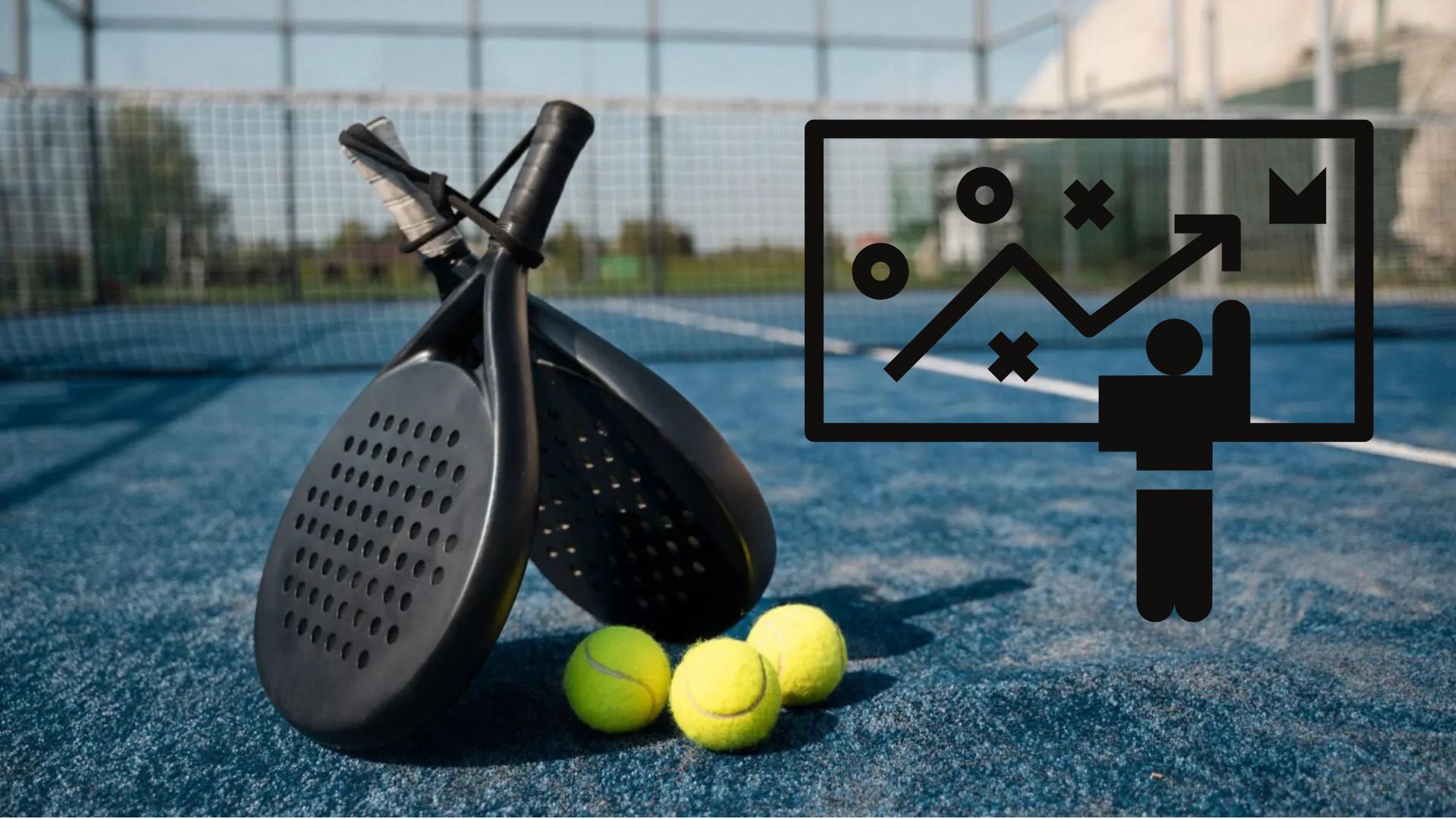 The basic tactics of padel
The basic tactics of padel At the heart of padel – Episode 25: Paul and Andoni answer your questions
At the heart of padel – Episode 25: Paul and Andoni answer your questions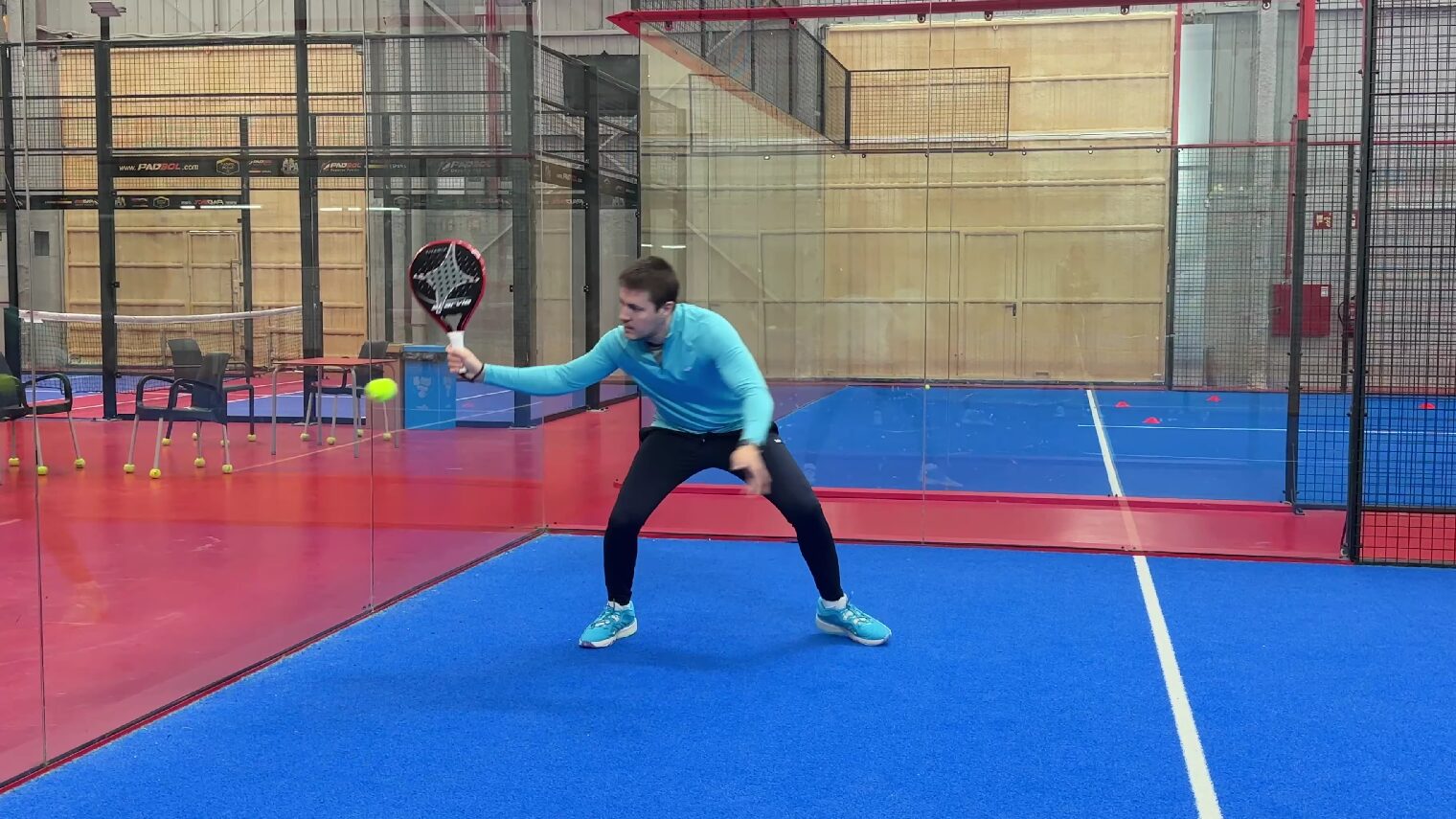 At the heart of padel – Episode 23: defend the window well
At the heart of padel – Episode 23: defend the window well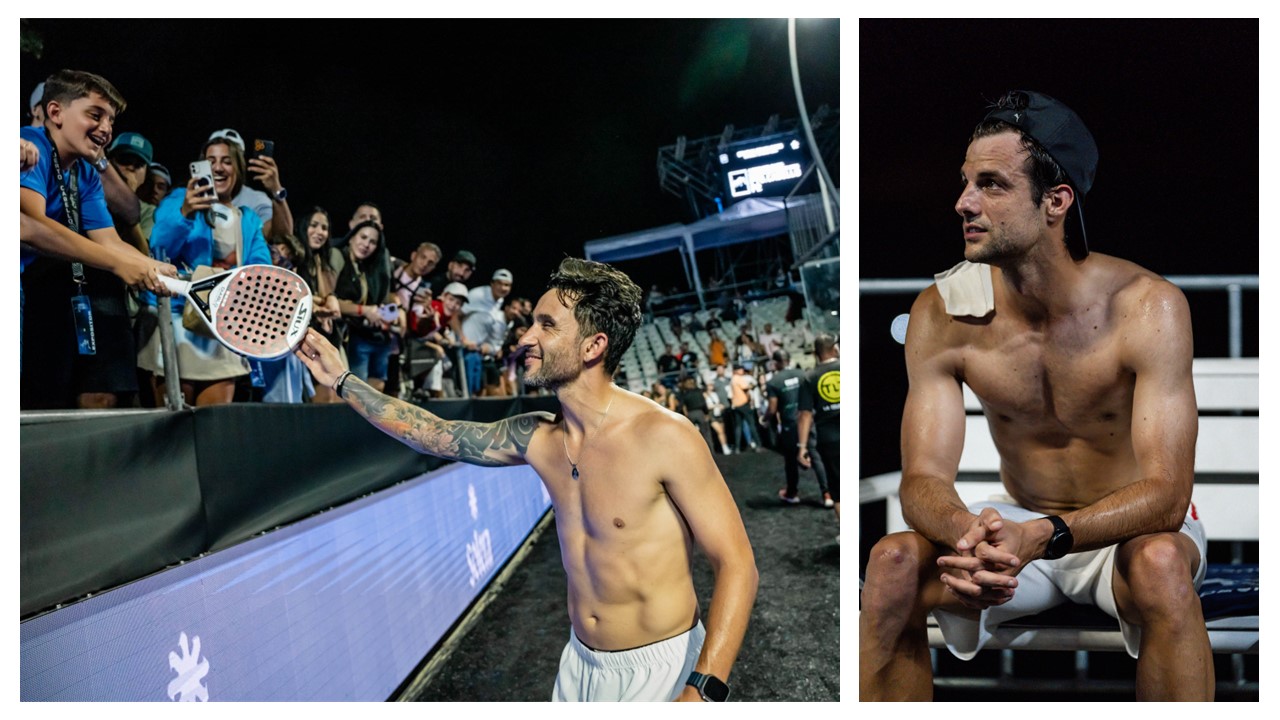 Prohibition on playing topless Padel : the reasons
Prohibition on playing topless Padel : the reasons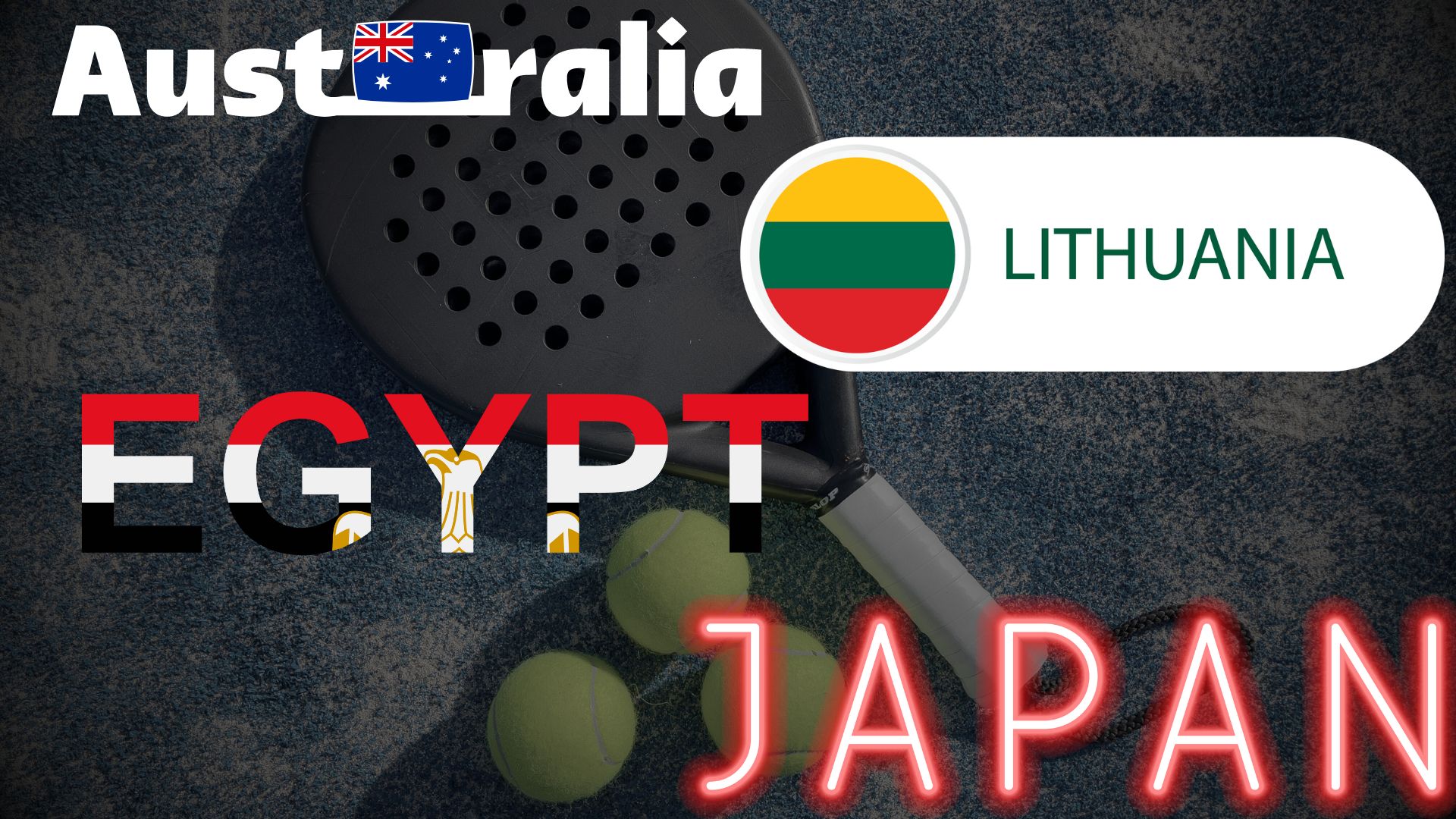 FIP Tour – Going far from Europe, THE strategy to earn points!
FIP Tour – Going far from Europe, THE strategy to earn points!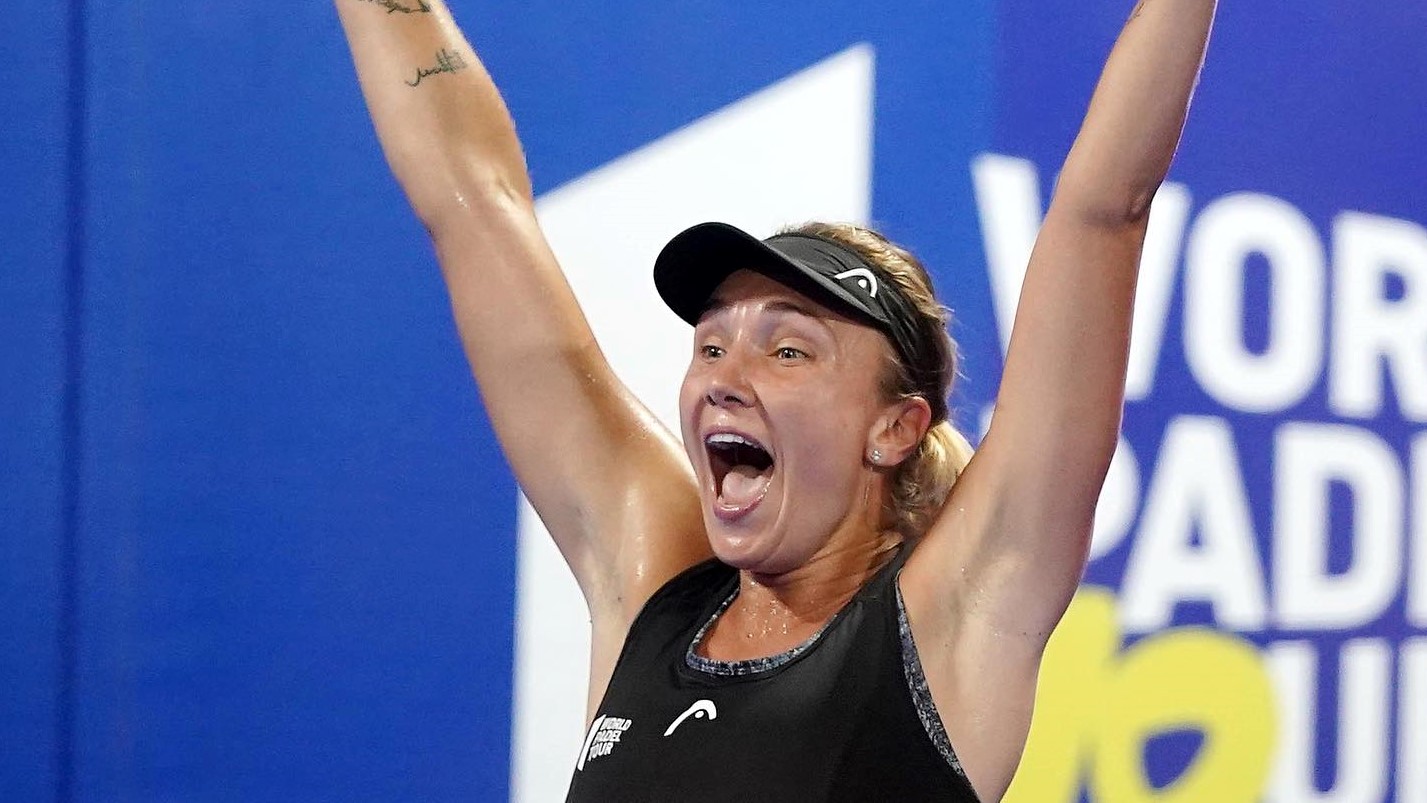 What is a good football player? padel ?
What is a good football player? padel ? “Lefties give me headaches when I play against them!”
“Lefties give me headaches when I play against them!”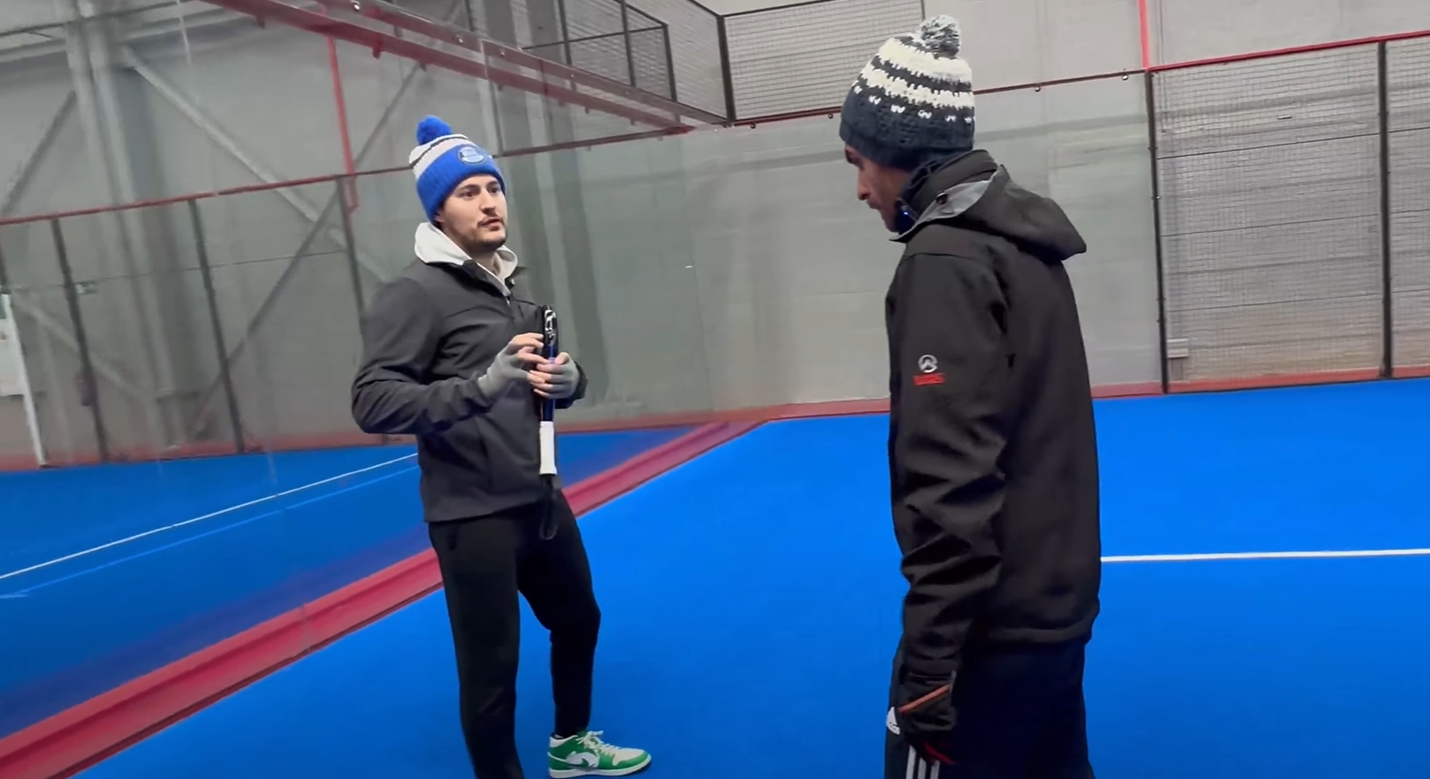 At the heart of padel – Episode 14: how to earn points in winter?
At the heart of padel – Episode 14: how to earn points in winter?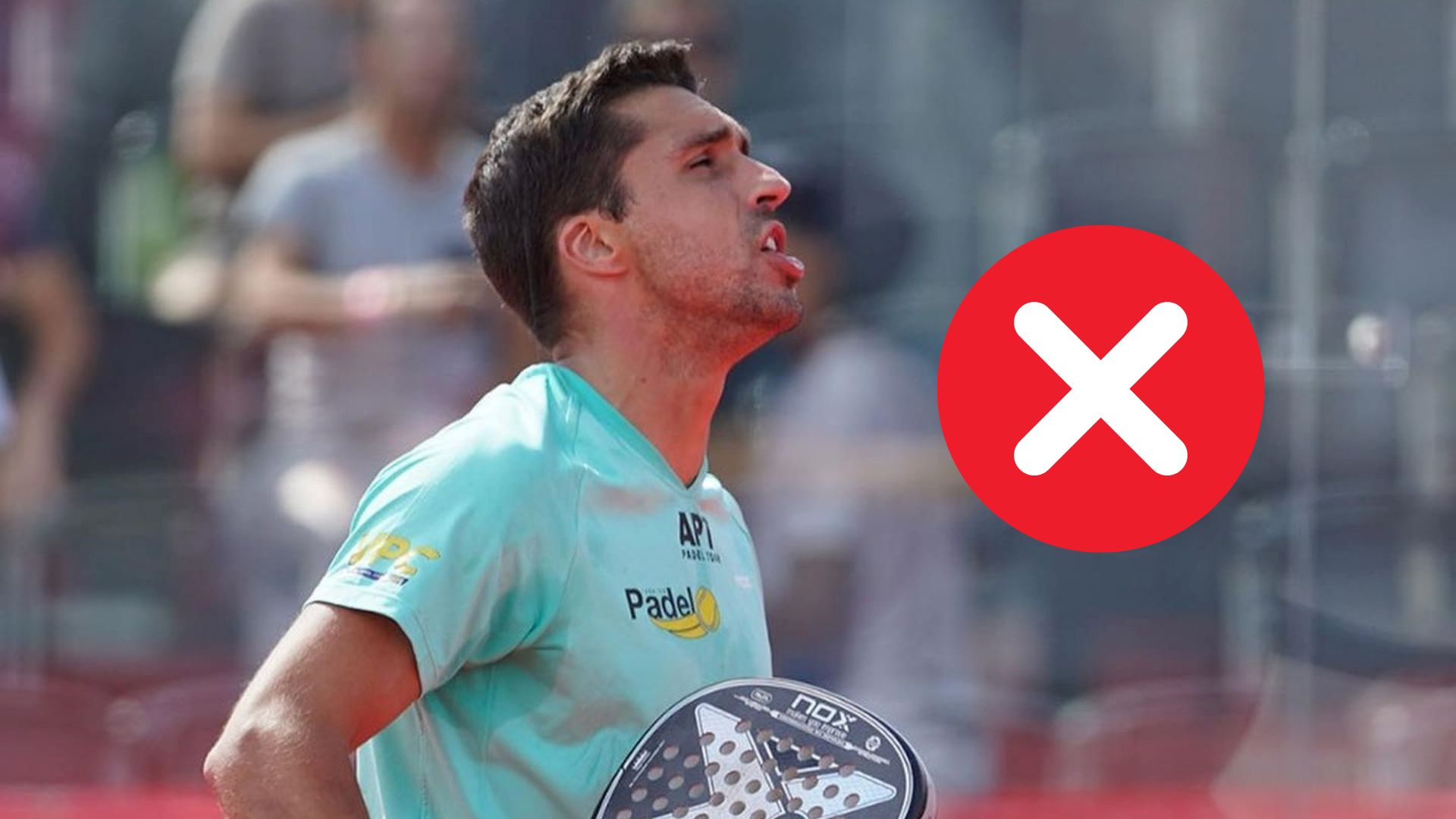 A par 4 is always a winner...even if you manage to defend it!
A par 4 is always a winner...even if you manage to defend it!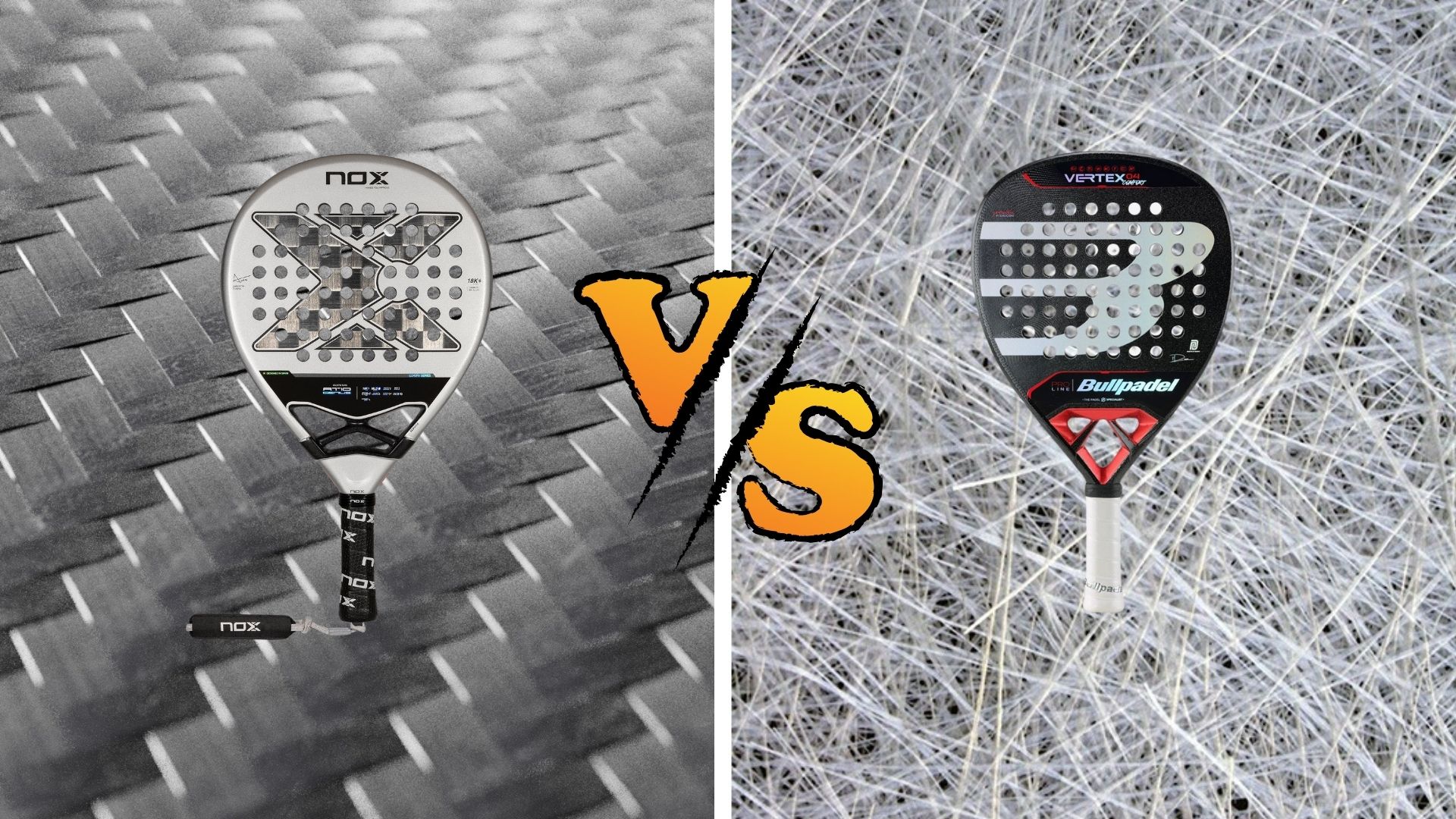 Carbon fiber VS fiberglass: what to choose?
Carbon fiber VS fiberglass: what to choose?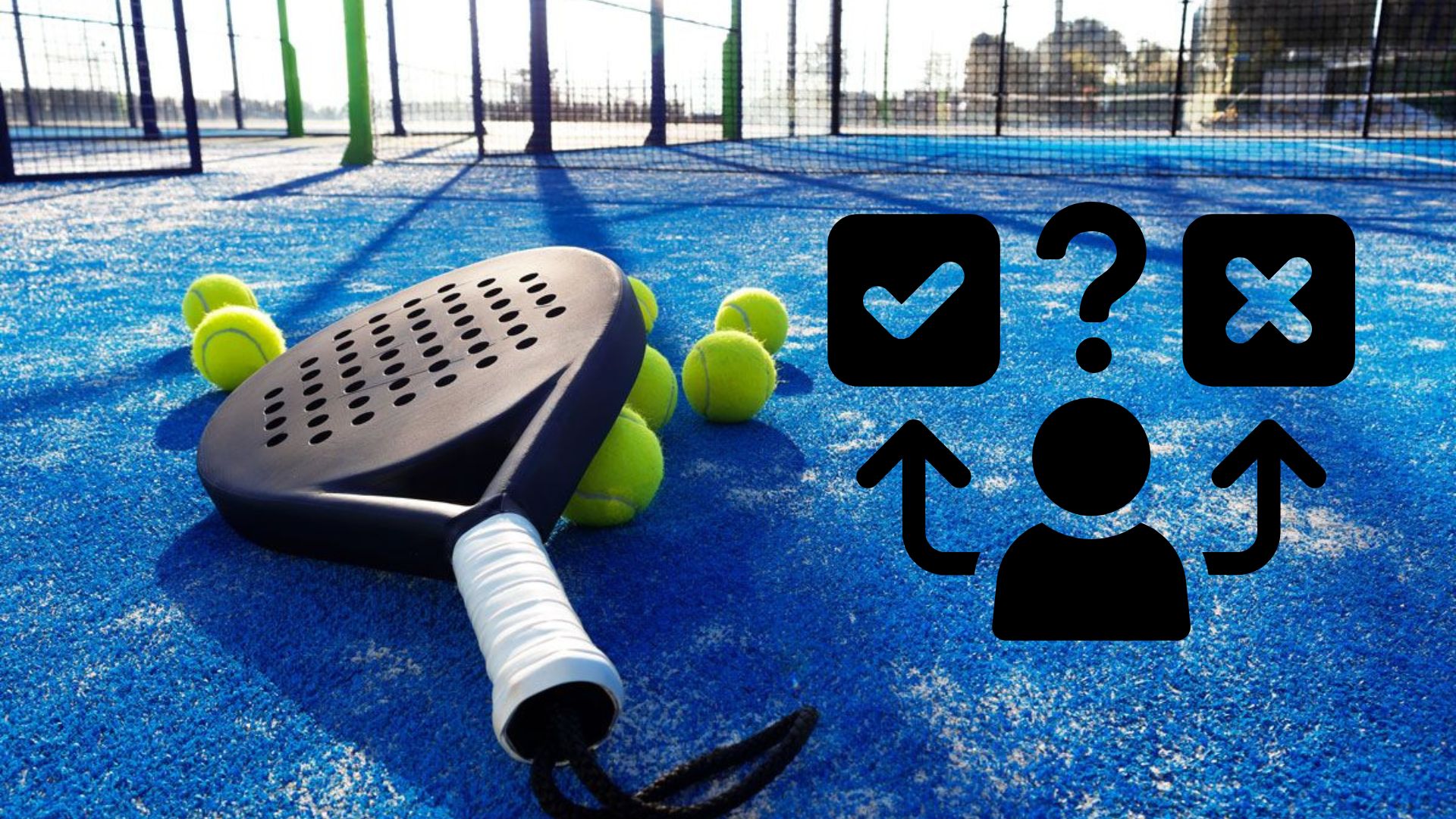 How to effectively test a racket padel ?
How to effectively test a racket padel ?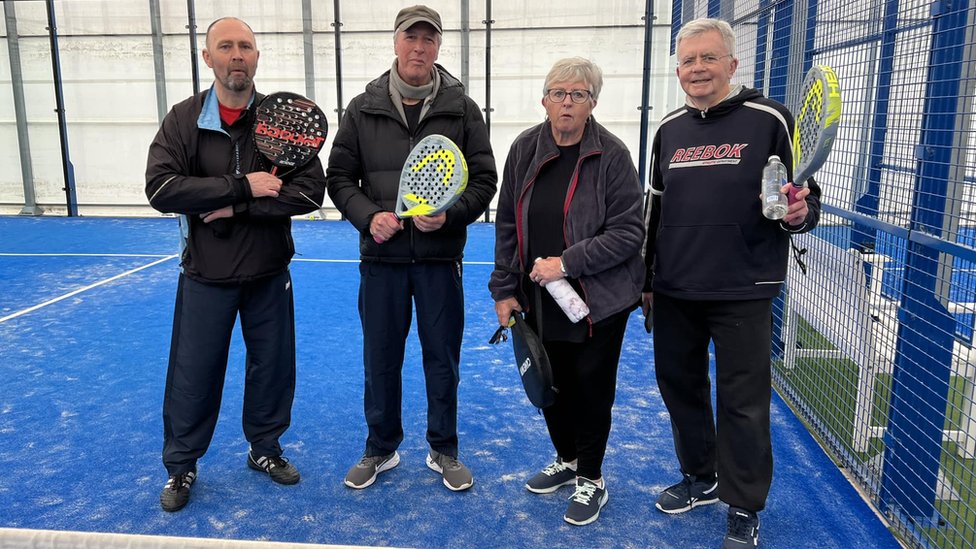 La padel to fight Parkinson's disease
La padel to fight Parkinson's disease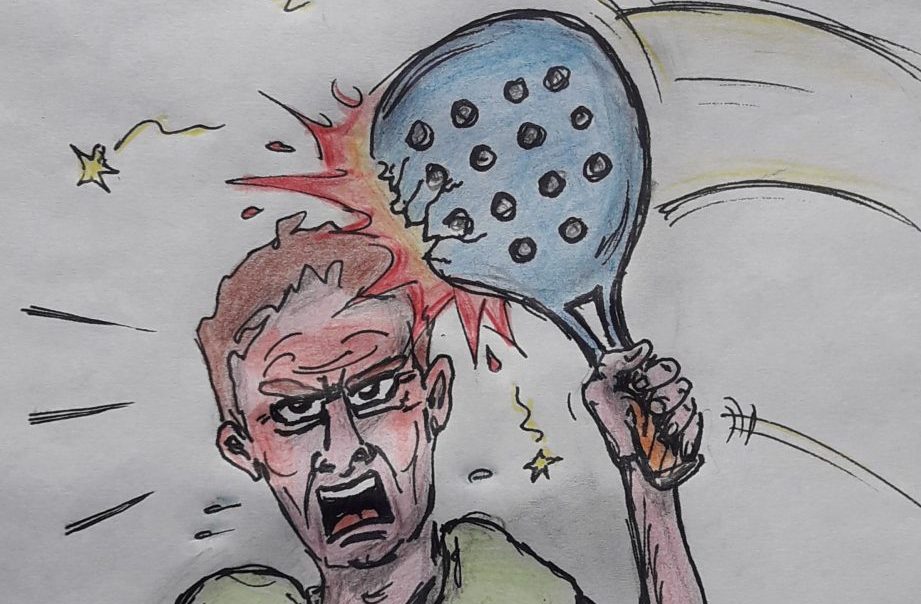 Don't play with a cracked or broken racket, your body will thank you!
Don't play with a cracked or broken racket, your body will thank you! Michel Cymes: “The padel, physically, it’s serious!”
Michel Cymes: “The padel, physically, it’s serious!”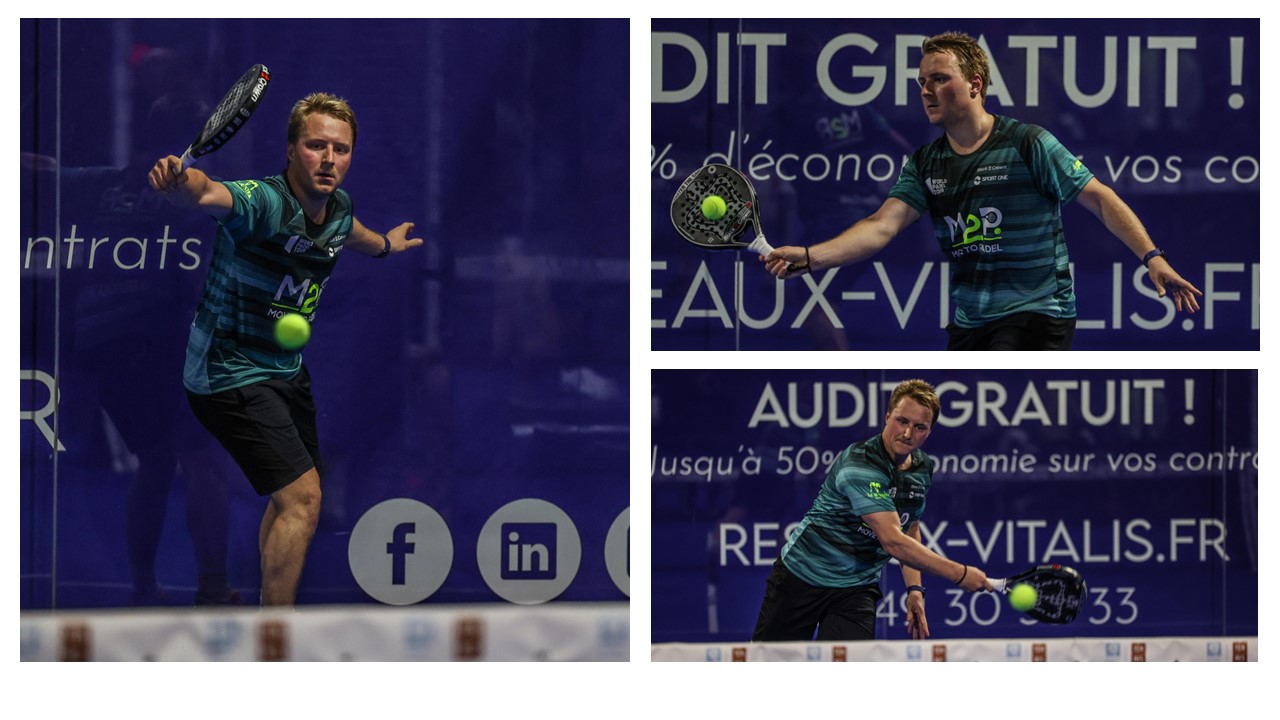 Jeremy Gala: “Promote the padel among young people in Belgium remains a challenge”
Jeremy Gala: “Promote the padel among young people in Belgium remains a challenge” The French Touch Academy organizes its selection day Padel-Study
The French Touch Academy organizes its selection day Padel-Study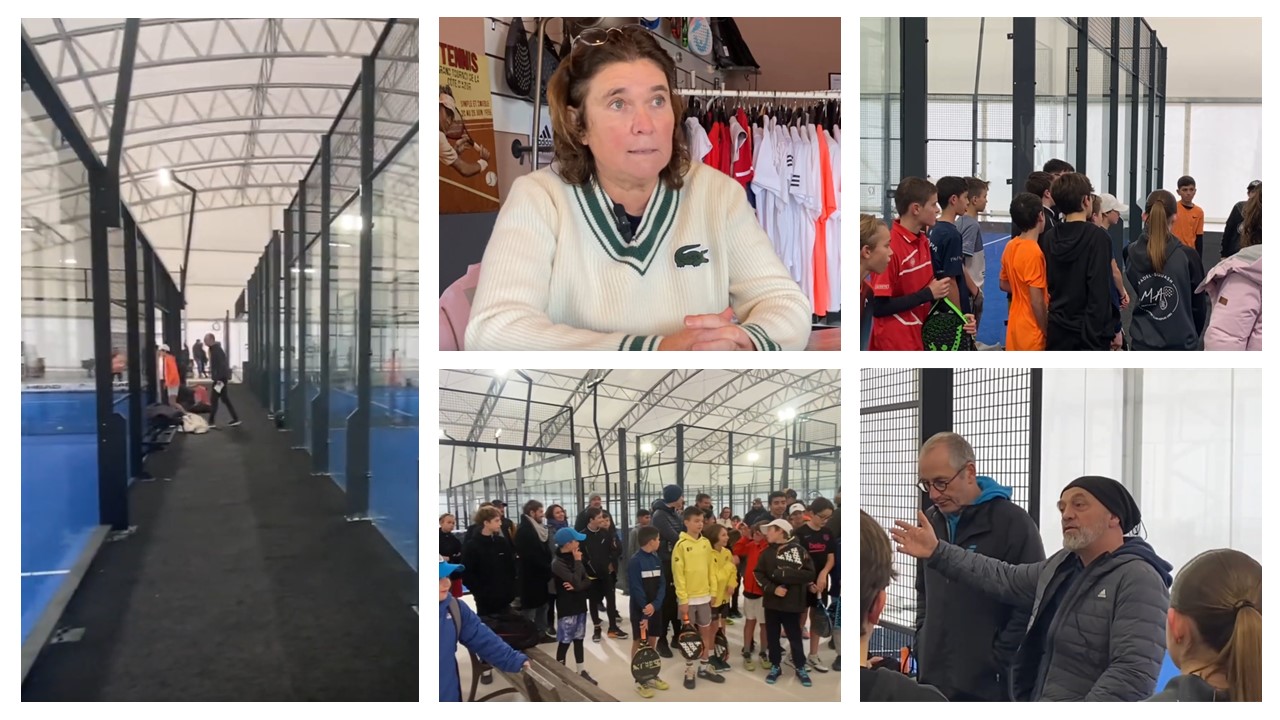 Report on the detection and training of younger generations
Report on the detection and training of younger generations
Posso usar or comprar uma raquete Pedal para jogar Baech Tenis?
No. You need to acquire a specific rack for sports activities.